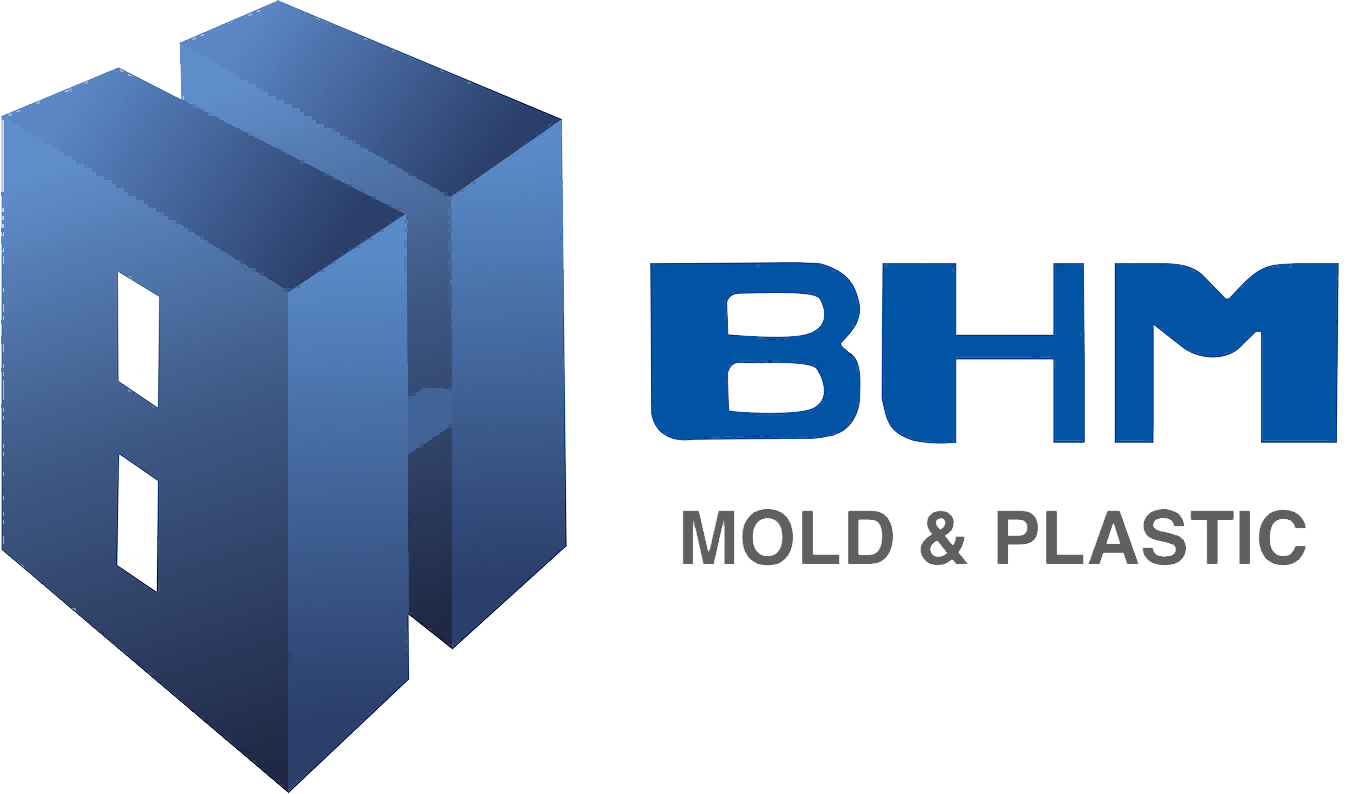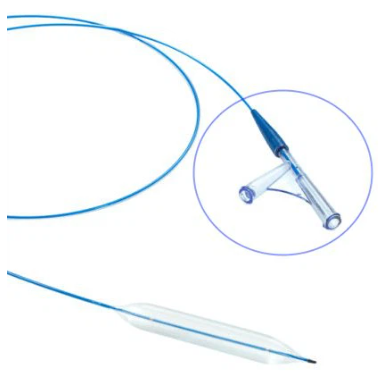Material Compliance and Biocompatibility in Medical-Grade OEM Molding
FDA-Approved Materials for Medical Applications
The FDA rules really matter when it comes to keeping materials safe for medical devices. Manufacturers have to stick to strict guidelines about what materials they can use so patients don't get hurt by bad reactions. Take silicone, polycarbonate, and polyurethane for example these are all FDA approved stuff commonly found in medical grade OEM molding because they work well inside the body and hold up physically too. When companies skip using these proper materials, problems happen that might lead to pulling devices off shelves entirely. According to some numbers from 2018, around 7 out of every 100 medical devices got pulled back because of issues with materials not meeting requirements. That shows why following regulations isn't optional but necessary when picking out materials for medical applications.
ISO 10993 Testing for Biocompatibility
ISO 10993 remains a critical benchmark when evaluating how well materials work inside the human body for medical device applications. The standard includes various testing procedures that look at things like cell toxicity, skin reactions, and allergic responses to ensure materials won't harm patients. Manufacturers need to run these biocompatibility tests long before any product hits the market not just because it keeps people safe, but also to show regulators they're following all the rules properly. When companies skip over these requirements, serious problems happen. We've seen plenty of medical products pulled off shelves recently because their materials caused unexpected reactions in patients. A recent paper from the Journal of Biomedical Materials Research actually showed that failing to complete proper ISO 10993 testing leads directly to health complications down the road. That makes good reason why manufacturers should never cut corners on these important safety checks.
Precision Manufacturing and Quality Control Standards
Tight Tolerance Requirements for Critical Components
When we talk about tight tolerances, we're basically referring to how close a part's actual measurements need to be to what was designed on paper for everything to work right. This matters a lot in medical grade OEM molding because even small deviations can mess up how things function. Think about surgical instruments or implants where getting the specs just right isn't optional but absolutely necessary. Take scalpel handles for example their dimensions have to be spot on so surgeons can do procedures without any issues. The medical device industry has seen time and again how manufacturing precision directly impacts whether patients recover well or face complications. Getting this level of accuracy requires some pretty sophisticated methods. Most manufacturers rely heavily on CNC machining and laser cutting technology these days. These tools let them create parts with incredible precision down to fractions of a millimeter, meeting both regulatory requirements and the high expectations of healthcare professionals who depend on reliable equipment.
Cleanroom Environment Specifications
Keeping things spotless in medical device manufacturing isn't just nice to have it's absolutely essential given how strict the hygiene rules really are. Cleanrooms come in different classes too, like ISO 7 and ISO 8, basically determined by how many particles float around and overall cleanliness. To stay compliant, manufacturers need to implement all sorts of tough controls including those fancy HEPA filters that suck out every speck of dust and make sure staff wear full body suits with gloves and masks. When companies cut corners on these standards, studies show contamination problems go way up, leading to product recalls sometimes even endangering patients later on. All this extra work matters because if a device gets contaminated during production, it could fail when someone needs it most, making proper cleanroom management literally a matter of life and death for end users.
Regulatory Compliance and Industry Certifications
ISO 13485 Certification Essentials
ISO 13485 stands as a key quality management standard designed specifically for medical device manufacturers. When a company gets certified under this standard, it shows they take quality seriously enough to meet strict requirements essential for making safe healthcare products. To get certified, businesses need thorough documentation practices and solid plans for managing risks during production. These aren't just paperwork exercises but actual tools that keep quality consistent across all stages of manufacturing. Beyond simply meeting regulations, getting ISO 13485 certification actually helps sell products better because customers trust companies that follow such rigorous standards. Lots of manufacturers see improvements after certification too. Some industry data suggests around 7 out of 10 firms experience noticeable boosts in how efficiently they run their operations once they're certified.
FDA 21 CFR Part 820 Compliance
Medical device manufacturers must follow FDA's 21 CFR Part 820 rules if they want to stay in business. This regulation sets out all the requirements needed to keep products safe and reliable throughout their lifecycle. Key parts of compliance focus on how devices are designed, manufactured, and documented properly. When companies fail to meet these standards, things get really expensive fast. Penalties pile up and product recalls become inevitable, which has happened time and again across the industry. Take one big name manufacturer that had to pull millions worth of equipment off shelves because their design process didn't meet basic FDA standards. Smart businesses avoid these headaches by implementing regular checks through internal audits and investing in thorough training for everyone involved in production. Beyond just avoiding fines, proper compliance protects brand reputation something absolutely vital in an industry where trust matters most.
Sterilization Compatibility and Product Durability
Autoclave Resistance Testing Protocols
Medical devices needing sterilization depend heavily on autoclave resistance since they face extreme heat and pressure during processing while maintaining structural integrity. Testing materials properly matters a lot when determining if something can handle those harsh conditions. The standard approach involves putting samples through multiple rounds of high pressure steam exposure to see what holds up over time. Silicone works pretty well here, along with Vitonâ¢, making them go-to choices for everything from delicate surgical instruments down to heavy duty sterilization mats used in hospitals daily. We've seen plenty of cases where equipment breaks down simply because it couldn't stand up to regular autoclaving, so sticking to recognized industry standards isn't just recommended but absolutely necessary for patient safety reasons too.
Chemical Compatibility With Disinfectants
Medical facilities rely heavily on disinfectants like bleach solutions and isopropyl alcohol for cleaning surfaces and equipment. Because of this constant exposure, medical grade materials need to stand up against these chemicals without breaking down. Labs run tests to see how different substances react when they come into contact with disinfectants over time. These tests look at things that might happen during regular use - colors fading, materials expanding, or surfaces getting damaged. When materials don't work well with disinfectants, problems start showing up pretty quickly. Equipment gets ruined faster, and worse still, patients could be put at risk if devices fail unexpectedly. That's why smart hospitals go through extra steps to pick out materials that have been properly tested against actual disinfectants used daily. They want stuff that lasts longer and keeps working correctly even after repeated cleaning cycles.
FAQs
What are FDA-approved materials for medical-grade OEM molding?
FDA-approved materials for medical-grade OEM molding include silicone, polycarbonate, and polyurethane, which are known for their biocompatibility and mechanical properties.
Why is ISO 10993 testing important for medical devices?
ISO 10993 testing is crucial for evaluating the biocompatibility of materials used in medical devices, ensuring they are safe for patient use.
What are the benefits of ISO 13485 certification?
ISO 13485 certification ensures stringent quality controls, improves marketability, and enhances trustworthiness in the healthcare product manufacturing sector.
How does autoclave resistance testing impact medical devices?
Autoclave resistance testing evaluates a material's durability and ability to withstand sterilization processes without compromising device integrity.
Why is chemical compatibility testing necessary?
Chemical compatibility testing ensures that medical-grade materials can withstand exposure to common disinfectants without degrading.

